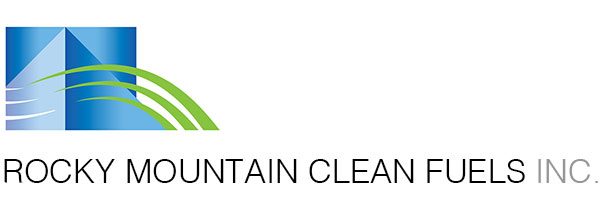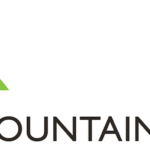November 11, 2020 – Lakeside Leader Article on Expander’s Biomass/Gas to Liquids Facility in Slave Lake AB
Waste material in one end, diesel out the other. New plant slated for production in early 2022. By Joe McWilliams
Lakeside Leader, November 11, 2020 – Gord Crawford of Expander Energy got so busy talking to town and M.D. people last week (maybe others) he didn’t have time for a proposed sit-down interview with your local paper. So we did it by phone when he got back to Calgary.
“It’s been a hectic few days,” he said. “We’re getting to the short strokes. Taking the putter out of the bag.”
The ‘short strokes’ on Expander’s bio-fuel plant at Mitsue Industrial Park is apparently something to do with applying for a development permit, which Crawford said he has done.
“Construction should start mid-2021,” he said. “With production in early 2022.”
Asked for a brief description of how it works, Crawford went all the way back to the 1930s, when somebody in Germany figured out a way to synthesize liquid fuel out of coal gas. Called the ‘Fischer Tropsch’ process, it makes liquid out of hydrogen and carbon monoxide. Expander has some sort of patented improvement of that process.
It works something like this: wood waste from the Vanderwell Contractors sawmill goes in one end of the plant. It will be heated to the point that it releases the H and CO. Then the Expander version of the Fischer Topsch method goes to work on that gas and turns it into synthetic diesel, or ‘syn diesel.’
The proposed plant is a $30 million project that for starters is expected to produce 120 barrels of product per day, Crawford says. This would be mainly from hog fuel from the sawmill. If it goes well – and Crawford seems confident it will – other feedstock sources in the local area could be exploited. These include municipal sewage sludge and certain types of waste from the regional landfill.
Waste from other mills is another possibility, although Crawford says West Fraser hasn’t been approached yet.
“The bio-mass potential could support 3,000 to 4,000 barrels (per day),” Crawford says.
But what about the market? Does it exist?
You bet it does, says Crawford. Largely thanks to a federal program that requires two per cent of the stuff (or stuff like it) in diesel at the pump. Manitoba has gone even further recently, Crawford continues, mandating five per cent ‘renewable’ diesel.
There are two types of renewable diesel, he says – the kind made from food oils such as canola, and the kind made from waste products. He predicts the demand for the latter is “just going to grow and grow.” Expander plans on growing with it, with a series of plants across the country.
But it starts right here in Slave Lake. As reported earlier, Expander initially had its eye on a Fort St. John B.C. location for its first plant. But that fell through, and through a personal connection involving local businessman Ray Stern, the company hooked up with Vanderwell Contractors and settled on Slave Lake. It will be the first of its kind in Canada, Crawford says.
Crawford says Ken Vanderwell of Vanderwell Contractors is “critical to the success of this program.”
Vanderwell is quoted in an Oct. 26 news release, saying the company is “very excited about being involved in this innovative and very important project.”
Crawford still isn’t quite sure about how many jobs the plant might sustain. But he did go further than in the earlier interview, estimating about a dozen to operate it, with maybe a couple of dozen indirectly. Construction of the plant would be another story as far as employment goes.
“It’s looking good!” says M.D. of LSR Reeve Murray Kerik.

The Expander HGTL plant would look something like this. From right to left: First section – gasifier; middle section – Fischer-Tropsch Conversion GTL (gas to liquid) Unit. Far upper left – product storage and shipping area.

